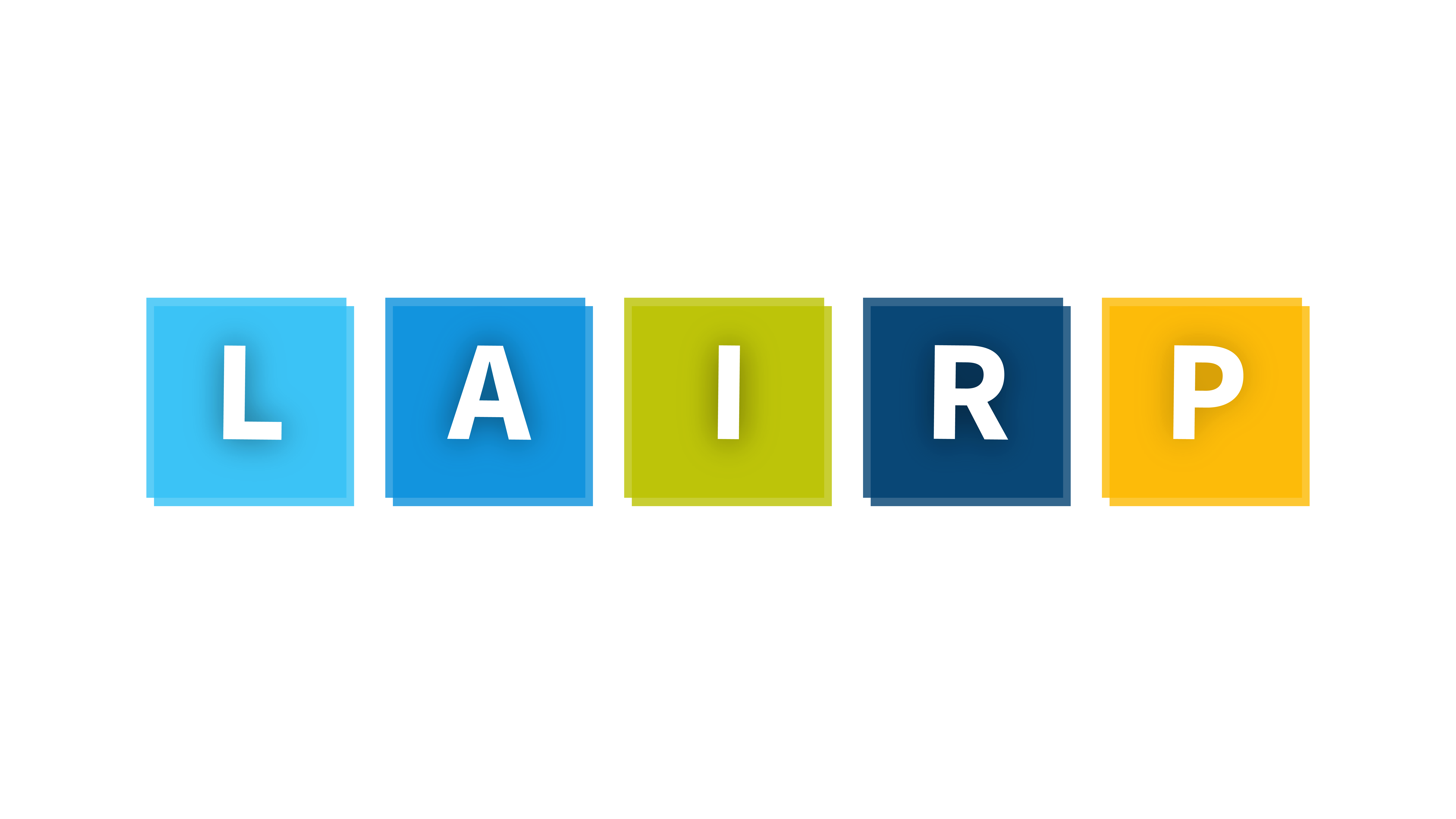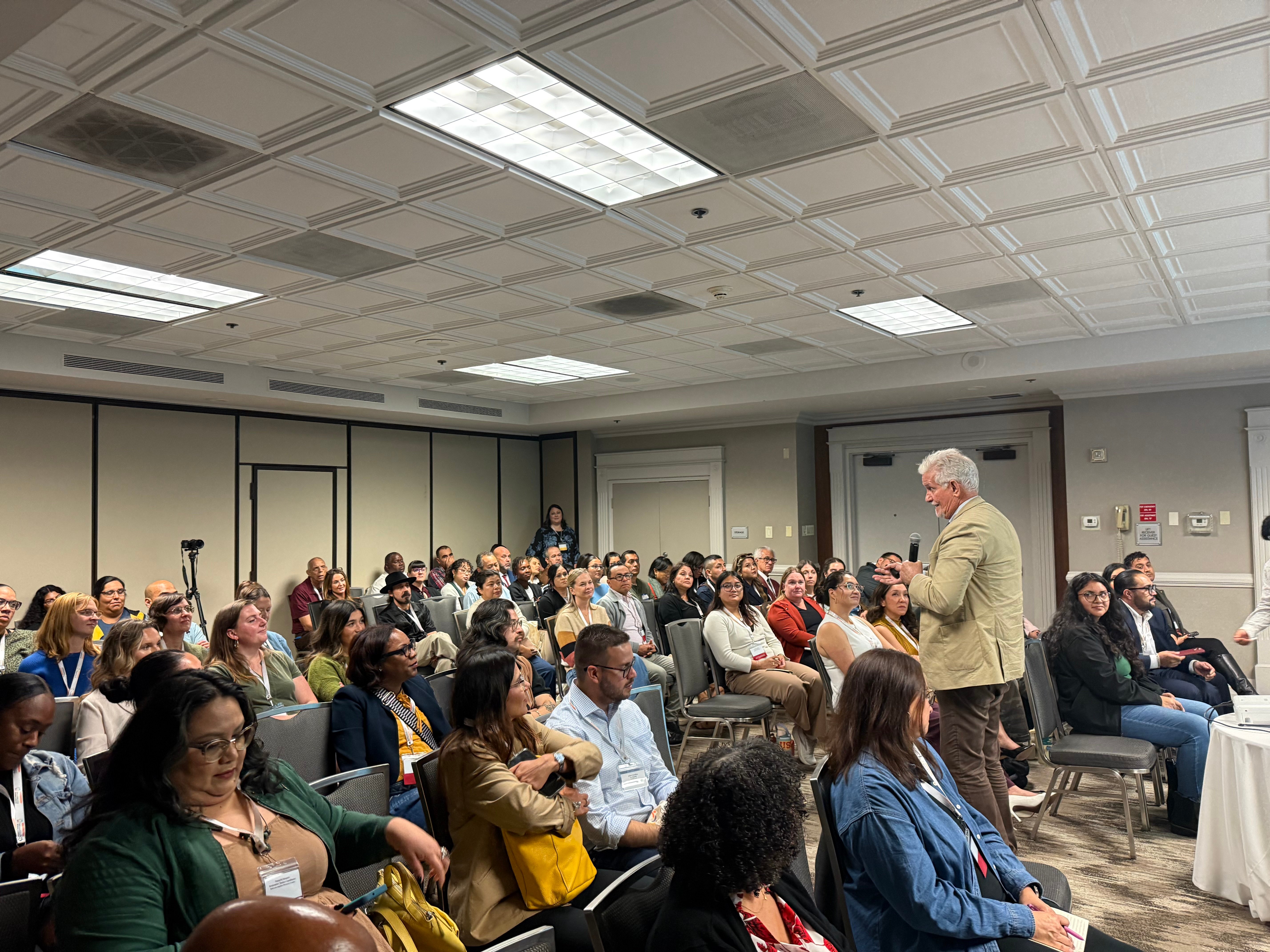In today’s rapidly shifting social and political climate, the workplace is experiencing heightened levels of stress, polarization, and emotional strain. Many professionals - especially those in public service, education, healthcare, and community-facing roles - are experiencing what can be described as “cracking,” a moment when the cumulative pressure of systemic stressors, organizational demands, and personal responsibilities culminates in visible emotional, behavioral, or physical strain. While “cracking” may manifest differently for each person, common signs include increased irritability, disengagement, compassion fatigue, reduced cognitive flexibility, and a noticeable decline in overall work performance (Maslach & Leiter, 2022).
This phenomenon cannot be separated from the broader sociopolitical environment. Factors such as political polarization, systemic inequities, economic instability, and the constant exposure to crisis events - often amplified by social media - create a sustained sense of uncertainty and perceived threat (Pfeffer, 2018; Prati et al., 2021). The human nervous system, when under prolonged strain, remains in a state of hypervigilance, making employees more susceptible to burnout, moral injury, and workplace conflict (Schaufeli et al., 2020).

The Restorative Lens in Leadership
A restorative leadership approach can serve as both a preventative and responsive measure to workplace “cracking.” Restorative leadership prioritizes relationship repair, emotional accountability, and the creation of psychologically safe environments where individuals can recover from harm without fear of retribution (Zehr, 2015). Rather than pathologizing the signs of distress, restorative leaders recognize them as indicators of systemic harm or unmet needs. They respond with practices that rebuild trust, affirm dignity, and foster collective resilience (Boyatzis et al., 2019).
Key restorative strategies include:
- Proactive Check-Ins – Embedding regular, structured opportunities for staff to voice concerns and receive support can reduce the sense of isolation and internalized shame often associated with “cracking” moments (Edmondson, 2019).
- Shared Decision-Making – Giving staff a voice in organizational decisions builds autonomy and combats the learned helplessness that can emerge in high-stress environments (Deci & Ryan, 2017).
- Repair Over Punishment – When workplace conflicts or mistakes occur, leaders using a restorative lens focus on dialogue, understanding harm, and co-creating solutions rather than resorting to punitive measures (Zehr, 2015).
- Wellness as Infrastructure – Wellness initiatives must move beyond optional perks to become embedded into the organizational infrastructure, including workload management, equitable policies, and access to mental health resources (Maslach & Leiter, 2022).
“Cracking” is not simply a sign of individual weakness but a reflection of systemic strain exacerbated by contemporary sociopolitical realities. Leaders who adopt a restorative approach can not only mitigate the immediate harms of “cracking” but also address the underlying conditions that give rise to burnout. This shift requires intentional policy changes, cultural responsiveness, and a deep commitment to human dignity. In doing so, leaders can transform moments of fracture into opportunities for collective healing, innovation, and sustainable workplace resilience.
References
Boyatzis, R. E., Rochford, K., & Taylor, S. N. (2019). The role of the positive emotional attractor in vision and shared vision: Toward effective leadership, relationships, and engagement. Frontiers in Psychology, 10, 1075. https://doi.org/10.3389/fpsyg.2019.01075
Deci, E. L., & Ryan, R. M. (2017). Self-determination theory: Basic psychological needs in motivation, development, and wellness. Guilford Press.
Edmondson, A. C. (2019). The fearless organization: Creating psychological safety in the workplace for learning, innovation, and growth. Wiley.
Maslach, C., & Leiter, M. P. (2022). The burnout challenge: Managing people’s relationships with their jobs. Harvard University Press.
Pfeffer, J. (2018). Dying for a paycheck: How modern management harms employee health and company performance—and what we can do about it. Harper Business.
Prati, G., Pietrantoni, L., & Cicognani, E. (2021). Workplace social support, stress, and burnout: A longitudinal study on emergency workers. Journal of Traumatic Stress, 34(4), 710–720. https://doi.org/10.1002/jts.22646
Schaufeli, W. B., De Witte, H., & Desart, S. (2020). Manual Burnout Assessment Tool (BAT). Leuven University Press.
Zehr, H. (2015). The little book of restorative justice. Good Books.








POST COMMENTS